Vibrio parahaemolyticus is a bacterial species that contains many individual strains. The bacteria prefer to live in seawater and can migrate to the human intestine, especially when eating undercooked fish and seafood. Not all strains of the bacterium are considered to be pathogenic to humans.
What is Vibrio parahaemolyticus?
In the bacterial division of the Proteobacteria, the Gammaproteobacteria form a class of their own. It encompasses orders such as that of the Vibrionales, which in turn include the Vibrionaceae bacterial family. This family contains the genus Vibrios, which encompasses various types of gram-negative, facultative anaerobic and curved rod-shaped bacteria with unipolar flagella. The bacteria from this genus are capable of active locomotion thanks to their flagellation.
One species of Vibrion is the bacterial species Vibrio parahaemolyticus with its individual strains. The pathogenicity of the bacteria was recorded by Fujino Tsunesaburō in 1951 after a bacterial wave of disease in Japan. Since the late 1990s, Vibrio parahaemolyticus infections have also spread in North and South America. Cases with infections of the digestive tract have also been documented in Europe.
The Vibrio parahaemolyticus is associated with an enormous number of different strains, which, depending on intracellular antigens, are subdivided into serotypes. 76 serotypes have been identified so far. Twelve of them are pathogenic germs. The pathogenicity of other strains is still unclear and is currently still an object of research.
Occurrence, Distribution & Properties
Facultative anaerobic bacteria grow optimally in the presence of oxygen, but can also live in the absence of O2 by switching their metabolism. As a facultative anaerobic bacterial species, the Vibrio parahaemolyticus species does not necessarily depend on an oxygen-rich environment to grow, although its growth is promoted by oxygen.
The strains of the species have the enzymes catalase and oxidase. The ideal temperatures for growth are between 10 and - 15 degrees Celsius. The bacteria can also live well at higher temperatures, for example with degrees Celsius between 20 and 30. This makes the bacterium a mesophilic bacterium.
Like other representatives of the superordinate genus, the species Vibrio parahaemolyticus has chemoorganotrophic and heterotrophic metabolism. As a result, the bacteria use organic compounds as an energy source and also use them to build up cellular substances. The bacteria are able to utilize various substrates in the form of fermentation.They metabolize carbohydrates such as glucose, arabinose or mannose, for example fermentatively, to acids or similar products. Thanks to the enzymes ornithine decarboxylase and lysine decarboxylase, it is possible for them to split off carbon dioxide from amino acids such as ornithine and lysine.
The natural habitat of the species Vibrio parahaemolyticus is water, where it is increasingly detected, especially in the summer months. The bacterium prefers to live in sea water, especially in brackish and coastal waters. At temperatures of around 14 degrees Celsius, the bacteria are released from the sediment and attach to plankton components, so that they are transmitted to fish and crustaceans. It can be transmitted to humans through the consumption of contaminated marine life such as oysters, as these are often eaten raw.
Infection can also occur through inadequately treated drinking water. In individual cases, bacterial penetration through small wounds with which the affected person was swimming in contaminated water was observed.
Not all strains of the bacterium are pathogenic to humans. After entering the human organism, some behave as commensals and neither cause harm nor benefit.
You can find your medication here
➔ Medication for diarrheaIllnesses & ailments
12 pathogenic serotypes of Vibrio parahaemolyticus have been described so far. These serotypes are primarily associated with the bacterial infection of gastroenteritis. O3: K6 is the most commonly identified serotype. This is the strain Vibrio parahaemolyticus RIMD 2210633. In addition, the serotypes O1: K25, O1: K41, O1: K56, O3: K75, O4: K8 and O5: KUT are considered pathogenic.
Vibrio parahaemolyticus infections are particularly widespread in Asia, such as Japan, Taiwan and Southeast Asia. In 1998 there was an epidemic in Texas and twelve other US states. A little later, epidemic infections were also documented in Chile. Within Europe, France met the most serious cases of infection.
The preferred route of infection for the Vibrio parahaemolyticus bacterium is the fecal-oral route. Raw or undercooked fish such as mackerel, tuna, sardine and eel or seafood such as crabs, squid, shrimp, lobster and mussels are the most common sources of infection. It is less common for people to get the infection through a wound when bathing in warm sea water.
Infection with pathogenic strains of the bacterial species causes acute gastroenteritis. Superficial wound infections and sepsis (blood poisoning) are also conceivable, but rather rare symptoms. After an incubation period of up to one day, those affected experience watery diarrhea, abdominal pain, nausea, fever and vomiting.
The symptoms usually last three days, in immunodeficient patients up to ten days. Drug therapy is only required if the bacteria enter the blood and thus if there is a risk of sepsis. In severe cases of infection, in addition to electrolyte and fluid replacement through infusions, antibiotics such as doxycycline or ciprofloxacin are administered. Since immunocompromised patients generally have a higher risk of complications, they are generally given medication if they are infected.



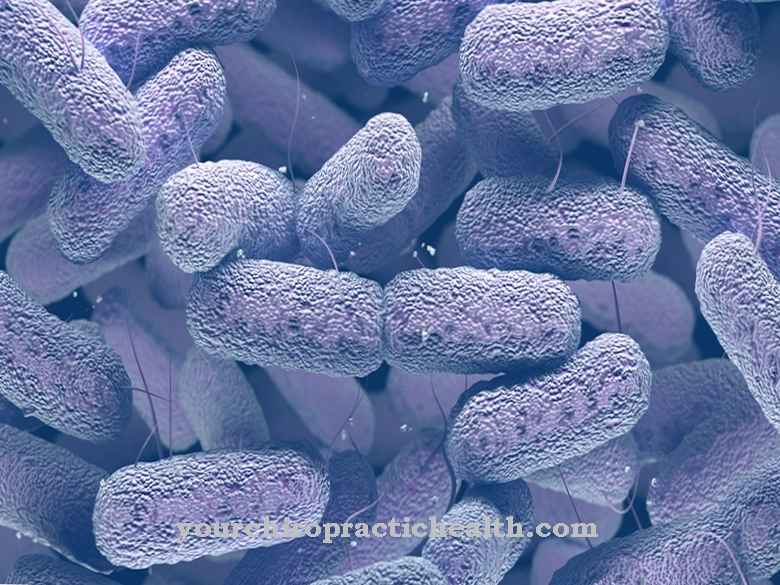
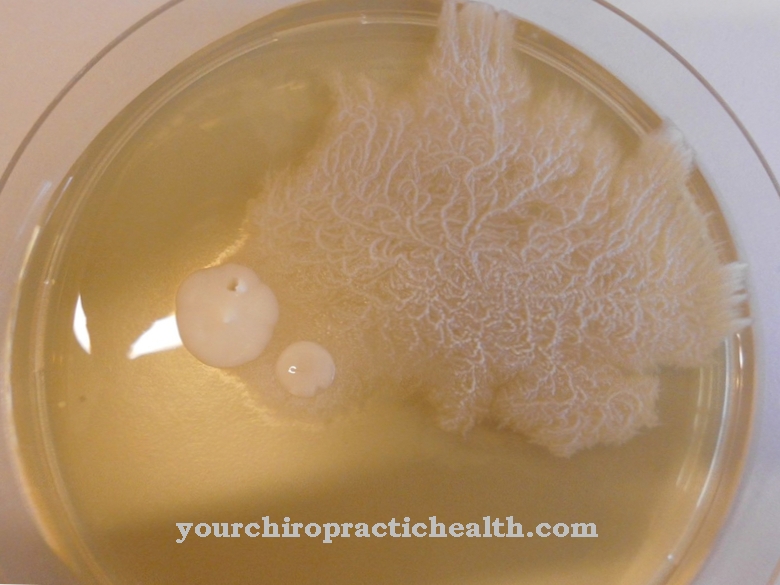

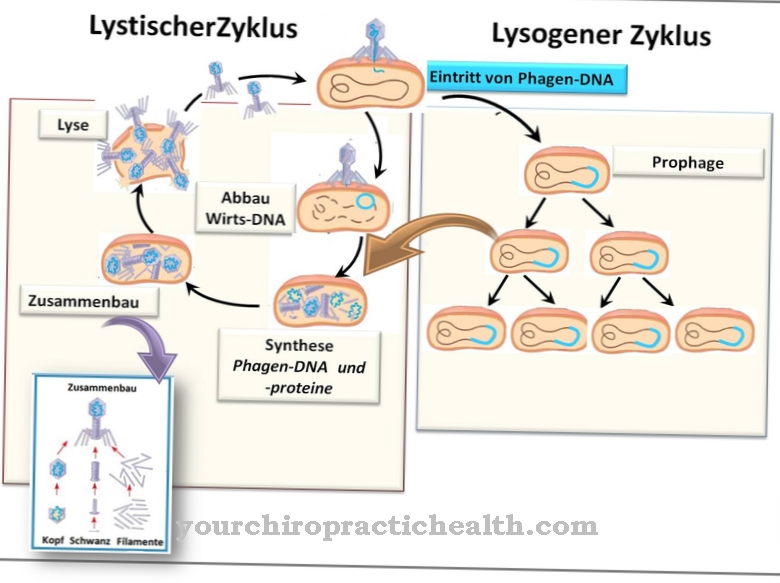

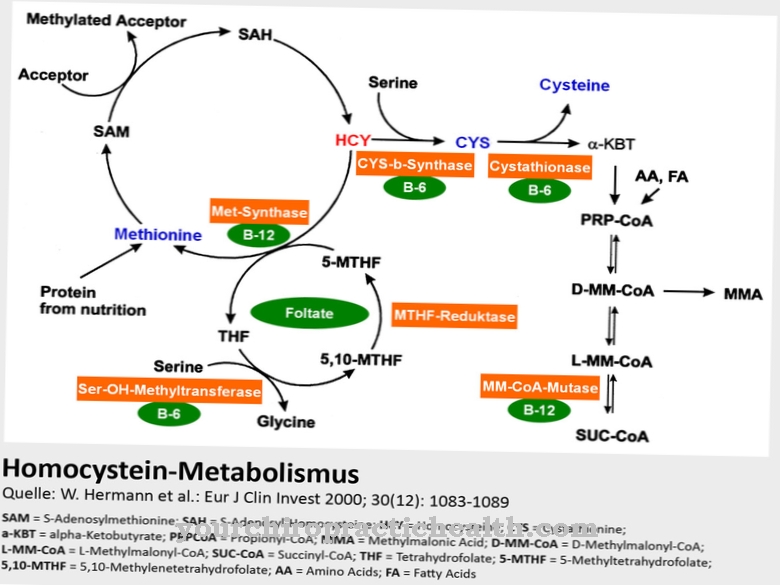

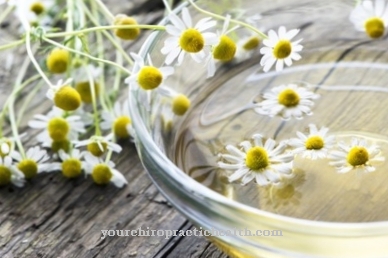

.jpg)

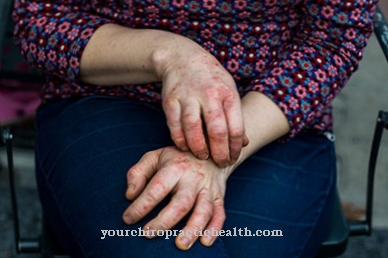


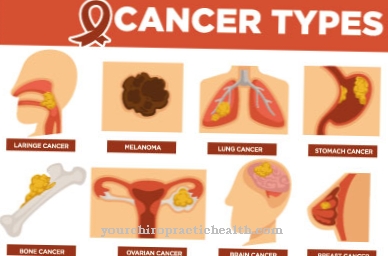

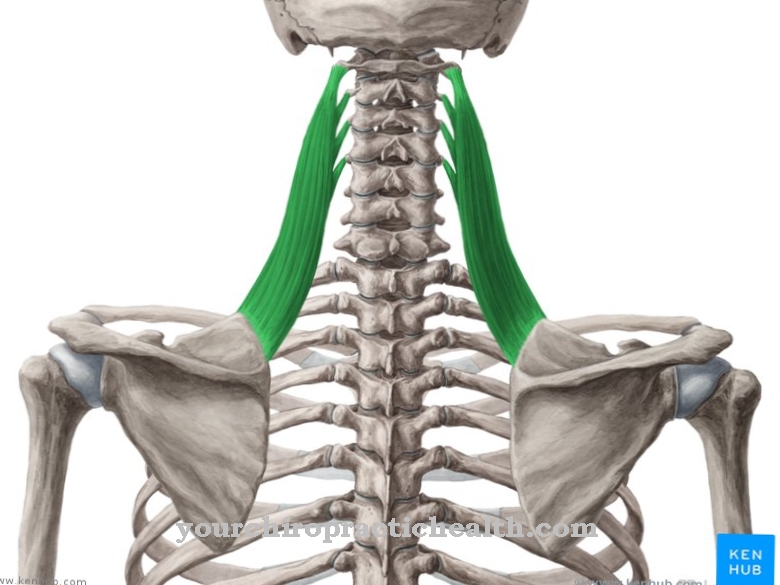


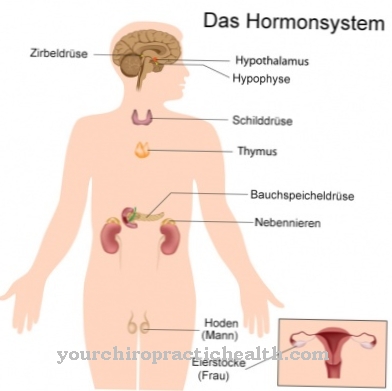


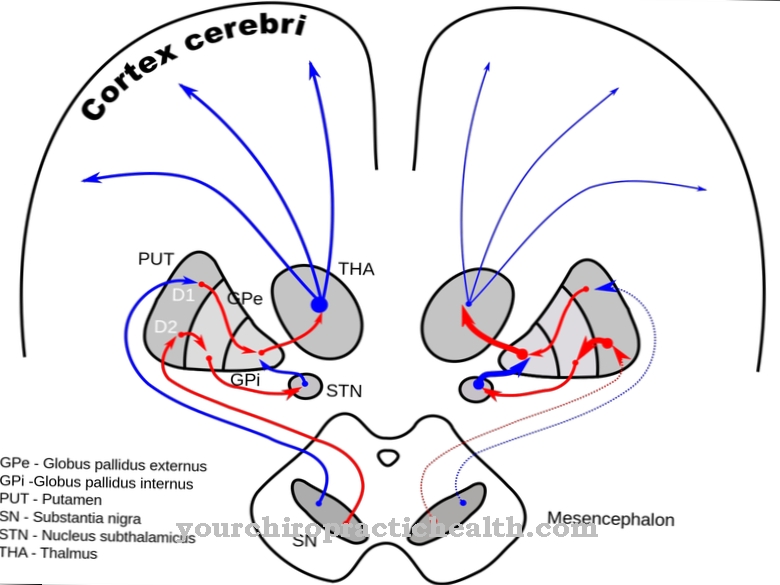


.jpg)